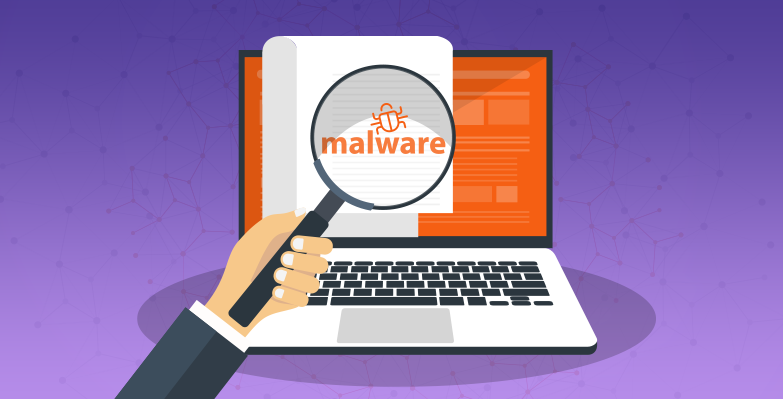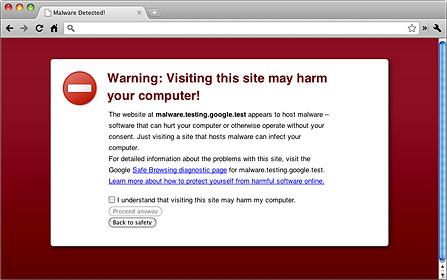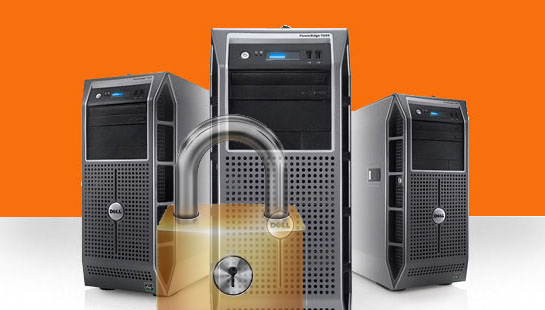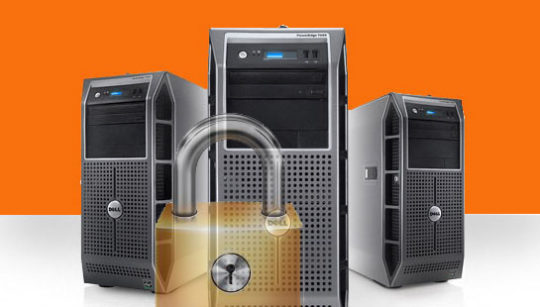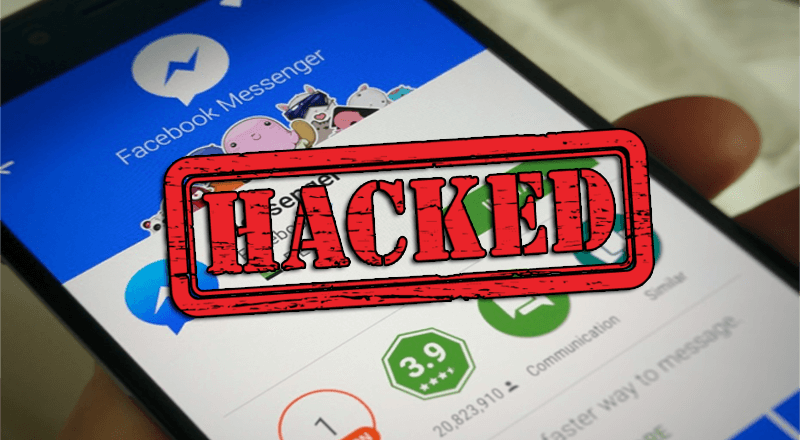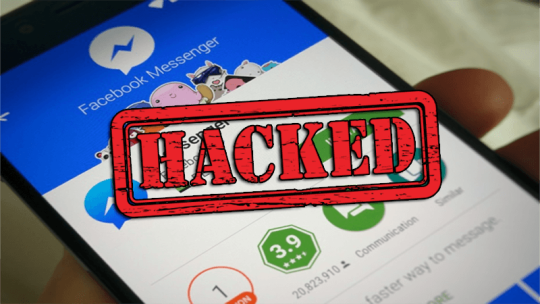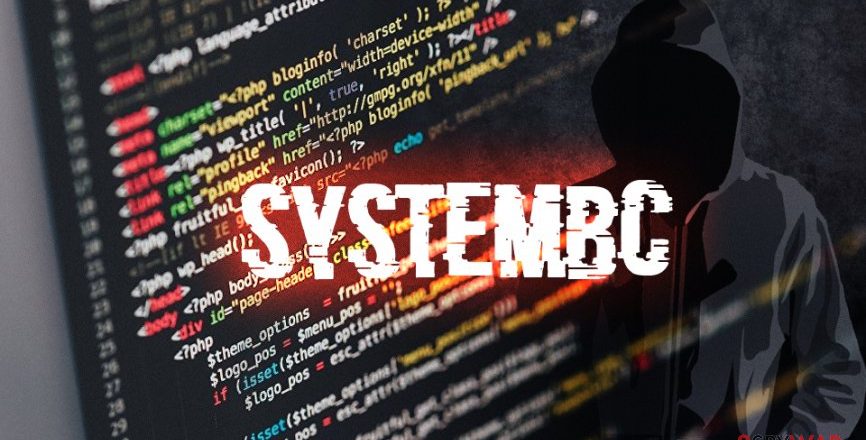
Malware is well known for infecting systems and causing major problems from the second it’s executed. But certain strains of malware act as an enabler.
Security researchers have recently discovered one of these enablers and dubbed it SystemBC. It’s important to stress that SystemBC isn’t an immediate attack. However, it’s just as dangerous as your everyday malware. If not more dangerous. And this is why understanding how an enabler works is crucial for the security of your organization.
It’s always important, where PC security is concerned, to be proactive. So, to help you enhance your organization’s defenses, we’re going to run over the principles of the SystemBC malware.
What is the SystemBC Malware?
The simplest definition of SystemBC is that it enables other malware to unleash attacks. But how does it do this? The answer lies within SOCKS5 proxies. The average PC user will be unaware of what SOCKS5 proxies are, but this doesn’t mean they are impossible to understand. SOCKS5 is a method of internet communication that takes place between a client and a server. And it’s most commonly used in authorizing access to servers.
SystemBC takes advantage of these SOCKS5 proxies to overcome security systems and exploit vulnerabilities. The main method of exploitation is to illegally access a server and then install a command and control (C&C) server. With this C&C in place, SystemBC has the ability to cloak traffic and activity from other malware which can then spread outwards through the server.
How is SystemBC Distributed?
SystemBC has, at the time of writing, been discovered in both the Fallout and RIG exploit kits. These kits allow hackers to package together several different exploits in one product. These assorted exploits can work in synchronicity with each other or independently. And this makes them very dangerous. The Fallout and RIG exploit kits tend to focus on vulnerabilities in Flash and Internet Explorer, an approach which is exceptionally common when it comes to hacking.
Protecting Your Organization from SystemBC
The key to protecting your server from the threat of SystemBC is by being vigilant. Software patches remain the number one preventative measure when it comes to combating vulnerabilities. Software developers release these on a fairly regular basis, but also in emergencies when major vulnerabilities are discovered. And they need to be installed immediately. An exposed entry point to your network is a major threat to your security and plugging it is crucial.
One of the major problems facing organizations, in terms of IT security, is the use of legacy systems. These are systems which no longer receive support from their developers. If a vulnerability is discovered in such a system then it will remain there. It will not be resolved. Therefore, it’s vital that your organization regularly assesses the suitability of your PC systems for engaging with the internet. If a particular part of your network is no longer supported then it’s time to replace it. Otherwise you could soon find malware such as SystemBC making its home on your server.
For more ways to secure and optimize your business technology, contact your local IT professionals.
Read More





